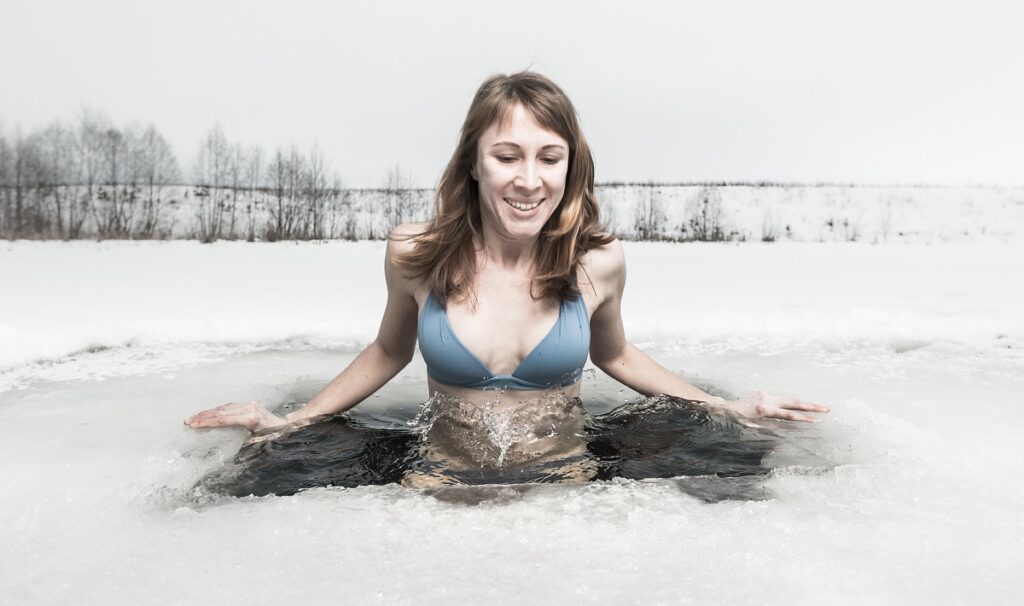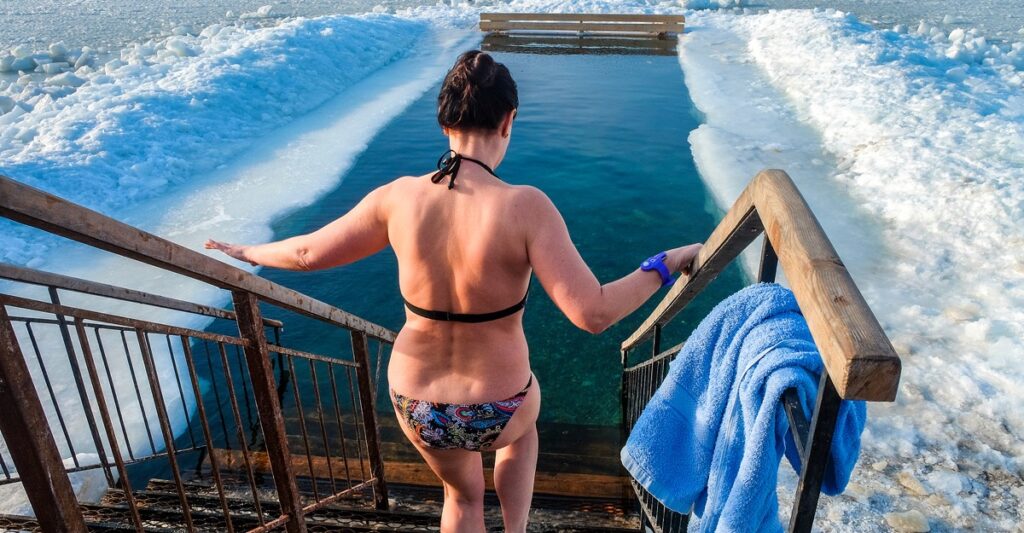Ice baths and cold plunging at home are gaining popularity for their physical recovery benefits, but can they also improve your sleep? The idea of taking a quick, cold dip before bed might sound counterintuitive, yet some research suggests that cooling the body could promote deeper rest. Let’s explore whether an ice bath before bed can actually help you sleep better.
The Science of Sleep and Body Temperature
Our body’s temperature naturally dips at night, signaling it’s time to sleep. This decrease aligns with circadian rhythms, which regulate sleepiness and alertness throughout the day. When we lower our core temperature intentionally, it can reinforce this nighttime cooling pattern, potentially enhancing sleep quality.
How Cold Therapy Works
Cold therapy, such as ice baths or cold showers, is commonly used by athletes for muscle recovery, reduced inflammation, and mental resilience. The cold triggers the release of norepinephrine, which can initially make us feel alert. However, cold exposure also has a calming effect on the nervous system, reducing tension and promoting relaxation—two factors that can ease the transition to sleep.
Potential Sleep Benefits of Ice Baths
The effects of ice baths on sleep haven’t been studied as extensively as other areas, but there are reasons to believe they could benefit sleep. Here are some ways an ice bath might make it easier to fall asleep and stay asleep:
- Lowering Core Temperature: An ice bath rapidly reduces body temperature, which could create the cooling effect needed to cue the body for sleep.
- Reducing Muscle Tension: Cold exposure can alleviate muscle soreness and tension, creating a relaxed feeling that makes falling asleep easier.
- Decreasing Stress: Ice baths have been shown to lower cortisol levels, reducing stress and potentially leading to a calmer state before bed.
- Enhancing Melatonin Production: Cooling the body at night may encourage the release of melatonin, the sleep hormone that signals it’s time to rest.
- Promoting Calm: The deep breathing used during an ice bath helps activate the parasympathetic nervous system, the body’s “rest and digest” mode, promoting a calmer state.
What Research Says About Ice Baths and Sleep
While studies specifically linking ice baths to improved sleep are limited, there is broader research on cold exposure and sleep quality. Research suggests that lowering body temperature is a helpful way to promote sleep, and there is evidence that athletes experience reduced stress and improved mental focus after regular ice baths, which could contribute to better sleep indirectly. Although more research is needed, these early findings suggest potential benefits.
Ice Bath Timing: When and How Long?
Timing and duration are essential to reaping the possible sleep benefits of an ice bath. Here’s what to consider:
- Timing: Take the ice bath around 1-2 hours before bed, allowing the body to adjust and avoid feeling overly chilled.
- Duration: Limit the bath to 5-10 minutes to avoid overcooling or discomfort.
- Temperature: Beginners should start with mildly cold water and reduce the temperature gradually over time to avoid shock.
Cold Plunging vs. Other Methods of Temperature Cooling
Ice baths may offer unique benefits, but there are other ways to cool the body before bed. Here’s how they compare:
- Cold Showers: These are more accessible and less intense than ice baths, but may not have the same impact on core temperature.
- Cooling Pads and Blankets: Less direct but helpful for maintaining lower temperatures throughout the night.
- Fans or Open Windows: Good for ambient cooling, although they may not impact core body temperature as immediately as an ice bath.
Ultimately, the best method is the one you feel most comfortable with. Experimenting with cold exposure can reveal what works best for you personally.
Safety Considerations and Potential Downsides
Before diving into an ice bath, it’s essential to keep safety in mind. Here are some tips to ensure a safe and effective experience:
- Avoid Overcooling: Start slowly, especially if new to cold exposure, to avoid shock or hypothermia.
- Medical Conditions: People with certain medical conditions, like cardiovascular issues, should consult their doctor before using ice baths.
- Post-Bath Warm-Up: Follow the ice bath with a warm towel or comfortable clothing to ease your transition and avoid lingering cold.
Additional Tips for Improved Sleep Hygiene
If you’re trying an ice bath to improve sleep, it can help to combine it with other healthy sleep habits:
- Consistent Bedtime Routine: Going to bed at the same time each night can make it easier to fall asleep.
- Dark, Quiet Environment: Reducing noise and light signals to the brain that it’s time for rest.
- Limit Caffeine and Electronics: Avoid stimulants and screen time 1-2 hours before bed to reduce sleep interference.
Better Sleep
While an ice bath before bed may not be everyone’s first thought for sleep improvement, this cooling ritual has a promising potential to relax the body and mind. Consider starting gradually, monitor how it affects your sleep quality, and personalize the experience based on your comfort level. With a thoughtful approach, an ice bath could become a valuable addition to your nighttime routine.


